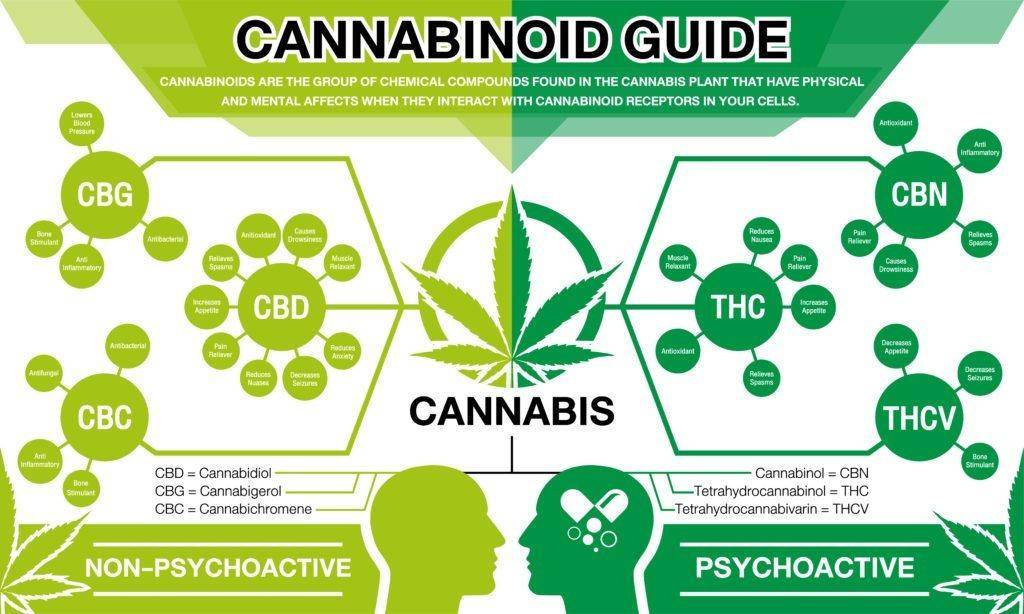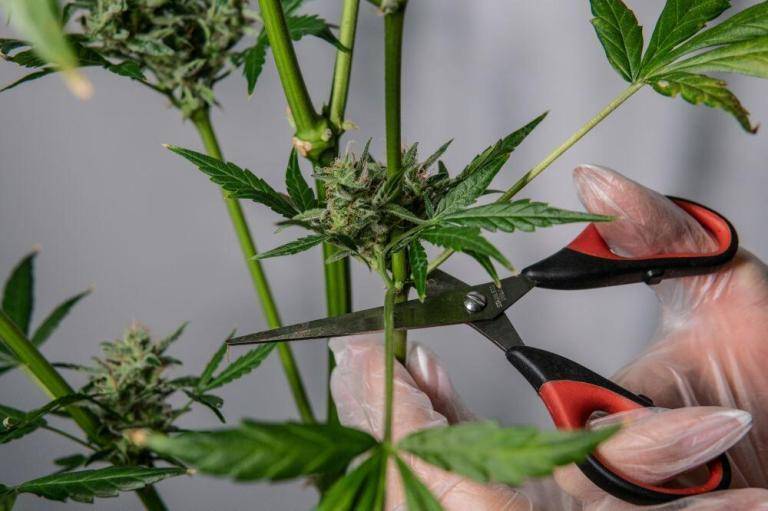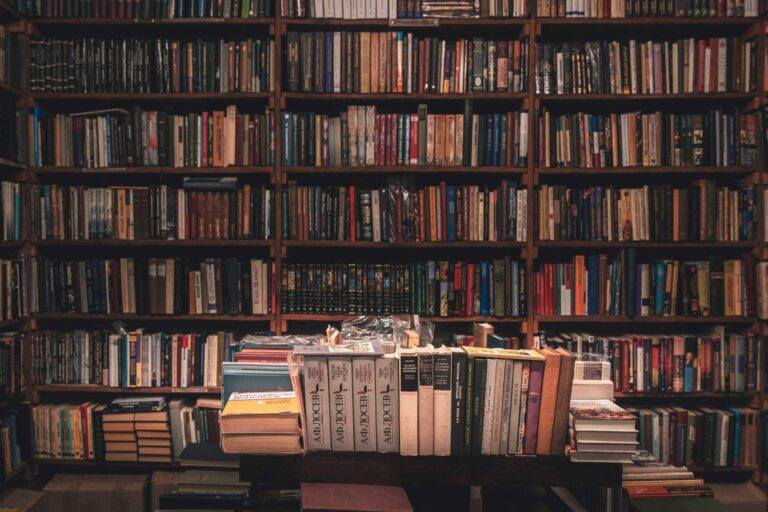In addition to CBD and THC, there is another cannabinoid that is the news more and more lately: Cannabichromene, or in short CBC. What do we know about it so far? Read on and discover everything about CBC, the third cannabinoid.
Not much is known about CBC yet. At least not as much as about THC and CBD. What researchers do have discovered is that CBC plays an important role in curbing inflammation and pain relief.
CBD was discovered in the 70s. Regarding its structure, it has many similarities with other cannabinoids. Just like CBD, CBC is not psychoactive. CBC appears to have analgesic and anti-inflammatory properties.
CBC takes third place, after THC and CBD, in the range of cannabinoids that are very common in cannabis plants.
The effect of CBC, the third cannabinoid

CBC reacts with receptors in the human body. This are the CB1 and CB2 receptors. They are located throughout the body and occur primarily in the brain. Cannabinoids, including CBC, affect the endocannabinoid system (ECS). This ingenious system is a chain of cannabinoid receptors throughout the body. The endocannabinoid system influences the receptors. CBC engages with the endocannabinoid system in all kinds of reactions, influencing the receptors. This reduces the signals of pain and inflammation.
Are you looking for a cannabis strain with a high CBD and CBC content? Then CBDoc seeds are the best choice for you. With these seeds you can easily grow your own cannabis plant, which offers a wide range of healthy medical properties.
Cannabichromene (CBC) is a relatively new cannabinoid that has not been extensively studied. However, the limited amount of research shows that the non-psychoactive cannabinoid has an incredible therapeutic potential without the associated high THC triggers. Now let’s take a closer look at it.
What is CBC?
CBC is one of the six significant cannabinoids. It doesn’t have much attention, but it’s one of the most prevalent cannabinoids with many medical advantages.
CBC binds to receptors associated with the treatment of disease symptoms in the endocannabinoid system. In other words, CBC will serve as an alternative to conventional analgesics with no risk of adverse side effects.
CBC is produced in raw form, similar to THC and CBD. When hemp grows, the plant enzymes transform CBG-A into CBD-A, THC-A, and CBC-A — the natural forms of such cannabinoids. By decarboxylation (a process in which cannabinoids are heated to activate), each of them becomes CBD, THC, and CBC. CBC is a non-intoxicating compound because it contains less THC.
How is CBC different from CBD?
Cannabichromene (CBC) originates from cannabis and hemp, just like CBD. Research on its advantages has been slow since its discovery 50 years ago with fanciful cannabinoids such as tetrahydrocannabinol (THC) and Cannabidiol (CBD) being the focus. However, a growing body of study has shown that this humble cannabinoid has outstanding therapeutic benefits.
It is difficult to delve deep into the differences between Cannabidiol, as scientific evidence is still infancy regarding chemical properties. A little bit is known about the cannabichromene synthesis process, too. For example, it is generally believed that the protein enzyme CBCA synthase catalyzes cannabigerol acid (CBGA) to produce CBCA.
While CBCA is theoretically a cannabinoid, it does not have a significant therapeutic effect on humans. However, exposure to direct heat, such as vaping or smoking, activates CBCA by turning it into functional Cannabidiol CBC.
Are you still confused? Alright, just know that CBC, like THC and CBD, is an active decarboxylated compound that creates a safe and functional molecule with a proven human health advantage by using “precursor” cannabinoids. What are some of CBC’s health benefits? Read on to learn more.
CBC has myriad therapeutic properties
As research sheds more light on potential benefits, anecdotal evidence has already shown widespread therapeutic properties, and CBC’s role in the entourage effect may be of great benefit. Cannabichromene works as a great team player to increase its impacts with cannabinoids. Here are some of the advantages:
Antimicrobial
CBC can be used in combination with other drugs for treating bacterial infections. It has a unique property that allows it to be effective against bacteria such as E Coli.
Anti- inflammatory agent
CBC reduces inflammation and swelling on its own. However, a 2010 study found that CBC is much more effective than other cannabinoids, such as CBD. Inflammation is considered to be the root cause of chronic diseases, so cannabis compounds such as CBC can play a key role in the treatment and relief of many medical conditions.
Skin therapy
Excessive sebum (oil) output leads to acne incidents. A recent study found that CBC reduces such production of oil, showing potential for acne treatment. It’s one of a few cannabinoids that demonstrates the ability to do so.
Antidepressant
There are millions of people suffering from depression. And new therapy has emerged with cannabinoids such as CBC. The compound interacts with our physiology to contribute to the overall mood-elevating qualities of cannabis.
When scientists tested single cannabinoids in mice, they found that CBC and other cannabinoids produced an antidepressant effect. Scientists are also trying to understand how CBC does this, as it doesn’t seem to stimulate the same brain pathways as THC.
Since CBC and CBD are not psychoactive, experts are confident that the marijuana compounds can ease depression without the “high”.
Analgesic
CBC reduces pain like most cannabis products, but its effects are less potent than THC. Instead of working alone as an effective pain reliever, CBC increases the overall pain relief effects of cannabis. Taking CBC together with other compounds maximizes the ‘entourage effect’.
CBC Prevents Tumor Growth
Cannabis compounds such as Cannabichromene have a reputation for being able to reduce and inhibit the growth of cancer tumors. This is promising news and an exciting area of research that scientists will be exploring in the future.
Eases Migraines
Like CBD, CBC is a crucial migraine and headaches remedy. Several people use this natural treatment to ease the discomfort of these common conditions.
Cognitive development
Last but not least, a 2013 study found that CBC has neuroprotective advantages on neural stem cells. Sounds okay, but what does that imply?
Unlike previously held scientific ideology, your brain keeps evolving, changing, and growing. Our brain uses neural stem cells to replace and repair damaged sections when damaged by a stroke or accident, or even chronic stress-induced inflammation. And CBC helps those guys stay healthy, making your brain more energetic, more adaptable and more stress-resistant.
How does CBC work?
First of all, we need to talk about the endocannabinoid system that maintains homeostasis (self-regulation). Hemp and cannabis compounds interact with the endocannabinoid receptors CB1 and CB2 located on the surface of cells and in the brain.
CB1 receptors are primarily located in the brain, while CB2 receptors are associated with the immune system and are mainly located on the white blood cell’s surface.
Some cannabinoids, such as THC and CBD, interact directly with the CB1 and CB2 receptors in the endocannabinoid system to produce beneficial effects. Unlike these cannabinoids, CBC does not bind well with CB1 and CB2 receptors. However, the impact on our endocannabinoid system is always positive.
CBC enhances the beneficial effects of other cannabinoids by protecting against CB1 and CB2 receptor degradation rather than interacting directly with endocannabinoid receptors. It increases interaction and behavior with other cannabinoids, including CBD, by interacting with processes that weaken these receptors.
CBC has a unique effect on the endocannabinoid system, but that is not all that makes it exceptional. Its capacity to interact with non-endocannabinoid receptors is the most critical aspect.
In particular, CBC interacts with the type 1 vanilloid receptor (TRPV1) and the potential transient ankyrin 1 receptor (TRPA1), which stimulates both pain and inflammatory signals.
That’s to say…
CBC may be an essential alternative to commonly prescribed painkillers containing highly addictive opioids and steroids. This is a significant issue for athletes, many of whom have already turned to CBD for their pain management.
CBC can be the “New CBD”.
CBC can work with the endocannabinoid system in a unique way. It inspires new research, but we need more data to understand the full range of benefits and capabilities that CBC provides.
A lot of research indicates that CBC is most efficient when taken with other cannabinoids due to the entourage effect (this is why we propose full-spectrum CBD oil). While its unique benefits continue to be discovered, the products high in CBC are sure to grow.
What Strains Have a High Content of CBC?
A cannabis strain that is high in CBC content is quite rare. Like THC or even CBD, most strains lack a high CBC level. Researchers have found that landrace strains originating from India have the highest levels of CBC and CBD.
Higher levels of CBC are mostly present in younger hemp plants. As the plant grows older, it loses its CBC and degrades over time until it turns into CBL. Cannabinoid isolation is increasingly a standard method of producing different products of cannabinoids.
The CBC level is so small that it is difficult to obtain an extensive range of supplies of CBC isolate in most cannabis flowers. With the growth in industrial hemp, more people try to look into specific isolated compounds.
Where do I buy quality CBC oil?
As mentioned above, you may find high CBC in some cannabis strains. Most strains contain limited amounts given the patchwork of marijuana laws in some jurisdictions. CBC may not be available to everyone in the right quantities and format.
However, in many full-spectrum or broad-spectrum oils, CBC is present. If you want to enjoy the possible benefits of CBC or the whole plant experience, search for a CBD oil product containing CBC and other cannabinoids, terpenes, flavonoids, and essential fats.
You have to check the Analysis Certificates for the item you are thinking of purchasing to ensure that your purchase contains CBC.
The laboratory’s Analysis Certification is a study report that describes the various components of every batch of a CBD oil product. These include CBCs, terpenes, chemical products, pesticides, and toxic metals, to name just a few.
Conclusion
While we have a way to go before CBC is half as common as CBD, we’re sure to keep an eye on future studies. New data would almost guarantee that the compound could produce medical results as its “famous” cousin soon.
Until then, we will appreciate the little knowledge we have and be thankful that there is a natural therapy to treat an almost endless spectrum of symptoms and health issues.




